LIVERPOOL, ENGLAND — Optimizing how people experiencing a gout flare are managed in hospital and then followed-up afterwards can substantially increase the uptake of guideline-recommended urate-lowering therapy (ULT), researchers reported at the British Society for Rheumatology (BSR) 2024 Annual Meeting.
In a prospective study, 92% of 97 people admitted to hospital for gout flares were using ULT within 6 months of discharge after a multifaceted intervention was introduced. By comparison, 49% of 94 people admitted for gout flares before the introduction of the intervention were taking ULT within the same postdischarge timeframe.
Moreover, a higher proportion of individuals had urate blood tests done at least once within the 6-month postdischarge period after the intervention's introduction (58% vs 32%) and fewer (9% vs 15%) needed repeated hospital treatment.
"Gout is the most common inflammatory arthritis affecting one in 30 adults in the United Kingdom, yet it's one of the most poorly managed," study investigator Mark D. Russell, MB, BChir, pointed out during a poster presentation.
"There are very effective treatments," added Russell, a rheumatology registrar and postdoctoral research fellow at King's College London in London, England. "Urate-lowering therapies such as allopurinol, which when taken at the correct dose, in the long term, effectively cures patients of their symptoms and prevents complications."
In an interview, Russell told Medscape Medical News that there was still work to be done as the rate of people achieving urate levels below the recommended threshold of 360 micromol/L (6 mg/dL) within 6 months was still low, at 27%, even it if was still better than the 11% seen before the intervention was introduced.
Improving the In- and Post-Hospital Pathway
"We developed and implemented an in-hospital management pathway which encouraged urate-lowering therapy initiation prior to discharge, followed by a post-discharge nurse-led review," Russell explained.
The in-hospital pathway was based upon BSR, European Alliance of Associations for Rheumatology, and American College of Rheumatology guidelines and involved diagnosing and managing the gout flare appropriately. This may have been via early joint aspiration, medication, or both, as directed by the rheumatology team. Affected individuals also received education and were directed where to obtain further information on the use of ULT. Outpatient follow-up was considered if an individual had severe or tophaceous gout, recurrent episodes, or contraindications or intolerances to ULT. Otherwise, a rheumatology nurse telephoned the individual 2 weeks later to review symptoms and discuss next steps.
The researchers recorded improvements in in-hospital outcomes. The frequency of in-hospital serum urate level measurements rose from 66% in the 12-month preimplementation period to 93% in the 12-month period after the intervention's introduction. Almost two thirds (62%) of patients were discharged on ULT compared with 18% preimplementation. And gout-specific recommendations were given 86% of the time compared with 59% before the intervention.
Related Work on Gout Incidence
Separately, Russell also presented data from a nationwide, population-level cohort study that used data from OpenSAFELY, the secure data analytics platform used by the National Health Service in England.
"We did an analysis previously using the CPRD [Clinical Research Practice Datalink], which is another good primary care database, showing that only a third of people with gout in the UK get urate-lowering drugs, when really it should be the vast majority," he said in the interview.
"And then we wanted to look at, on top of that, what was the impact of the [COVID-19] pandemic," Russell added. Specifically, the aim was to look at how the pandemic had affected the incidence, management, and prevalence of gout.
Between March 2015 and February 2023, 246,695 new cases of gout were identified among 17.9 million adults, seen in primary and secondary care.
COVID-19 Pandemic Affected Cases
"The number of new cases of gout dropped by about one third in the first year of the pandemic," Russell said. Incidence declined from 1.78 to 1.23 per 1000 adults. "Whether that was through people not feeling comfortable going to their GP [general practitioner] or not being able to get an appointment, we don't know."
While there was a subsequent increase in new cases of gout since this time, the rates still haven't reached what they were before the pandemic. This implies that there could be a substantial number of people who may be undiagnosed because of the pandemic, Russell suggested.
Moreover, he reported that in 2022-2023, the prevalence of gout was 3.21%, up slightly from the 3.07% recorded 7 years earlier in 2015-2016.
ULT Treatment Rates Low
"If you did see a GP, however, so as long as you saw someone, the treatment wasn't any worse," Russell said. Just under 30% of people with incident gout for whom follow-up data were available had initiated ULT within 6 months of their diagnosis. And, of these new starters, around a quarter had a serum urate level below a target of 360 micromol/L.
"This doesn't detract from the fact that this is pretty low. Despite guidelines, we're still not getting the majority of people on these very effective urate-lowering drugs," Russell said.
There is perhaps too much reliance on modifying diet and lifestyle, he added, which are important for many reasons but will not do much to lower blood urate levels.
As a final word, Russell said, "It's not just a case of preventing a bit of joint pain. People get lots of complications when they're undertreated — erosive joint damage, work disability, impaired quality of life — and yet we've got very cheap, well-tolerated drugs."
The work was independently funded. Russell acknowledged grant or research support from Eli Lilly, Janssen, Pfizer, and UCB and receipt of honoraria from AbbVie, Biogen, Eli Lilly, Galapagos, and Menarini.

.webp) 2 weeks ago
6
2 weeks ago
6
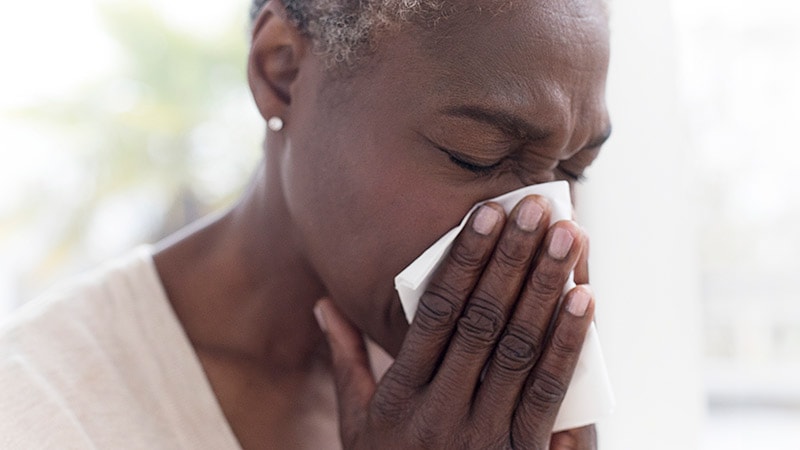
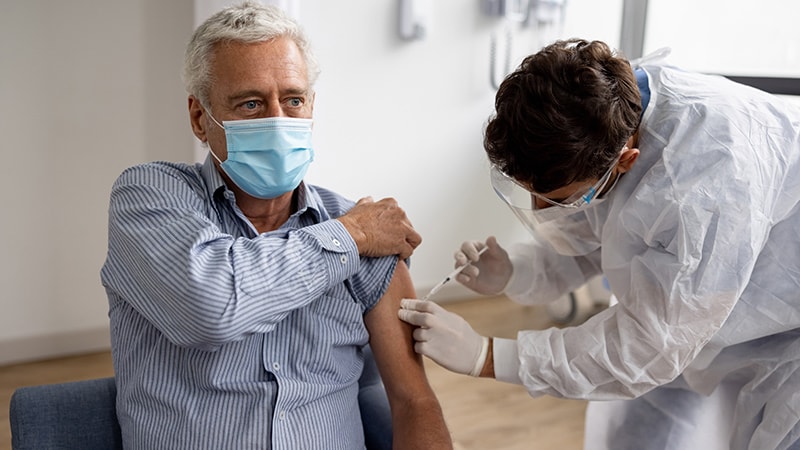

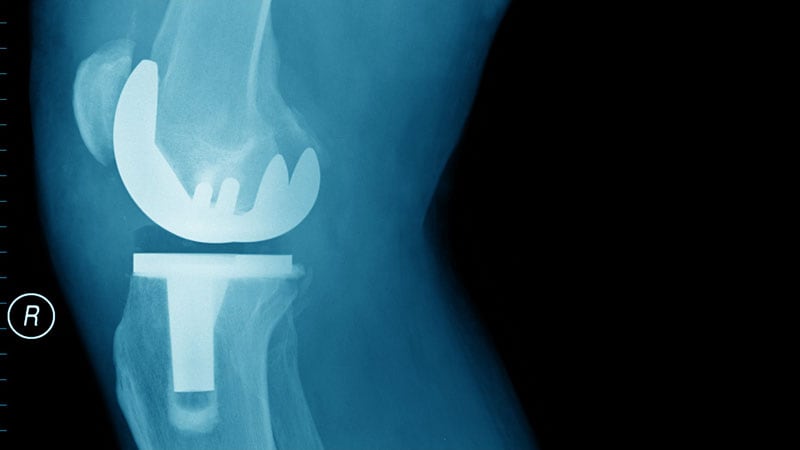
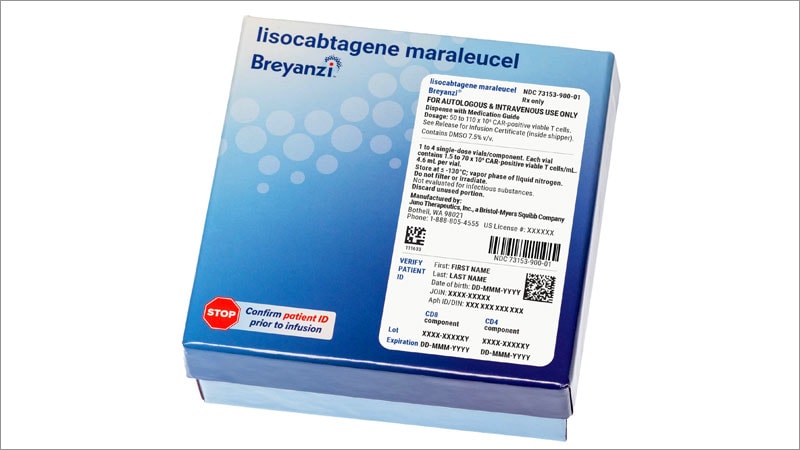

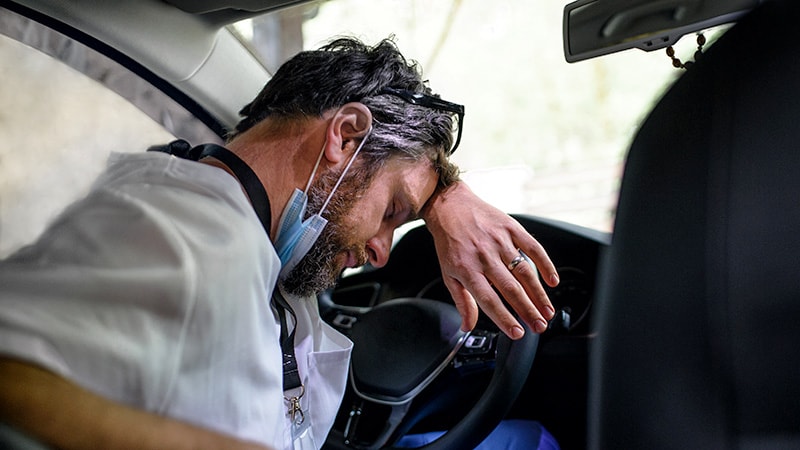


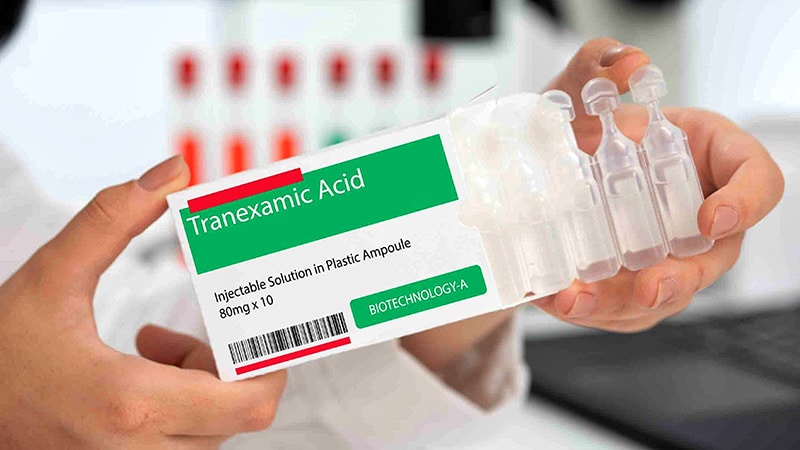


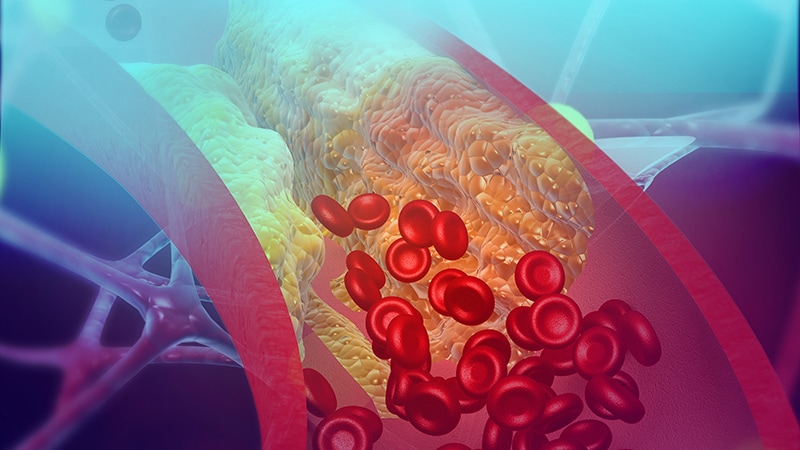

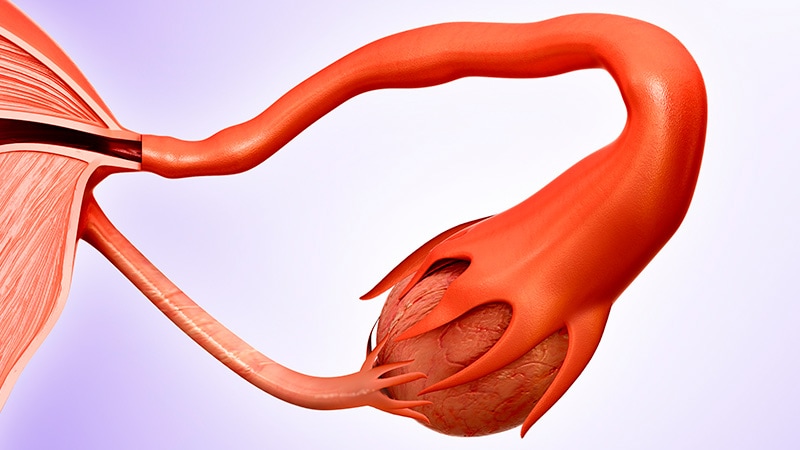













 English (US)
English (US)